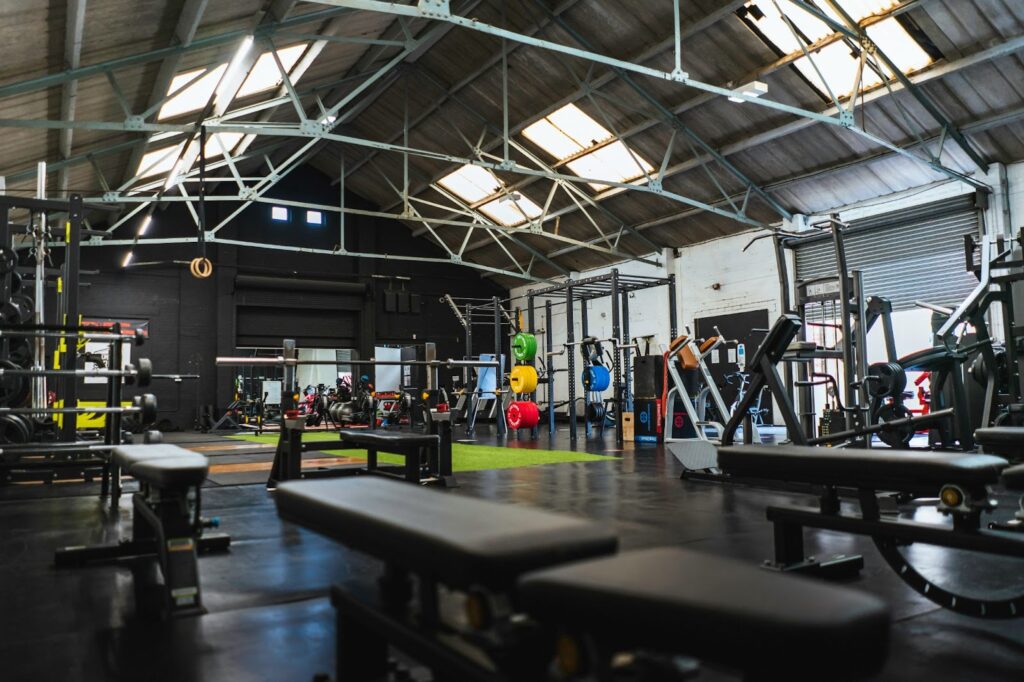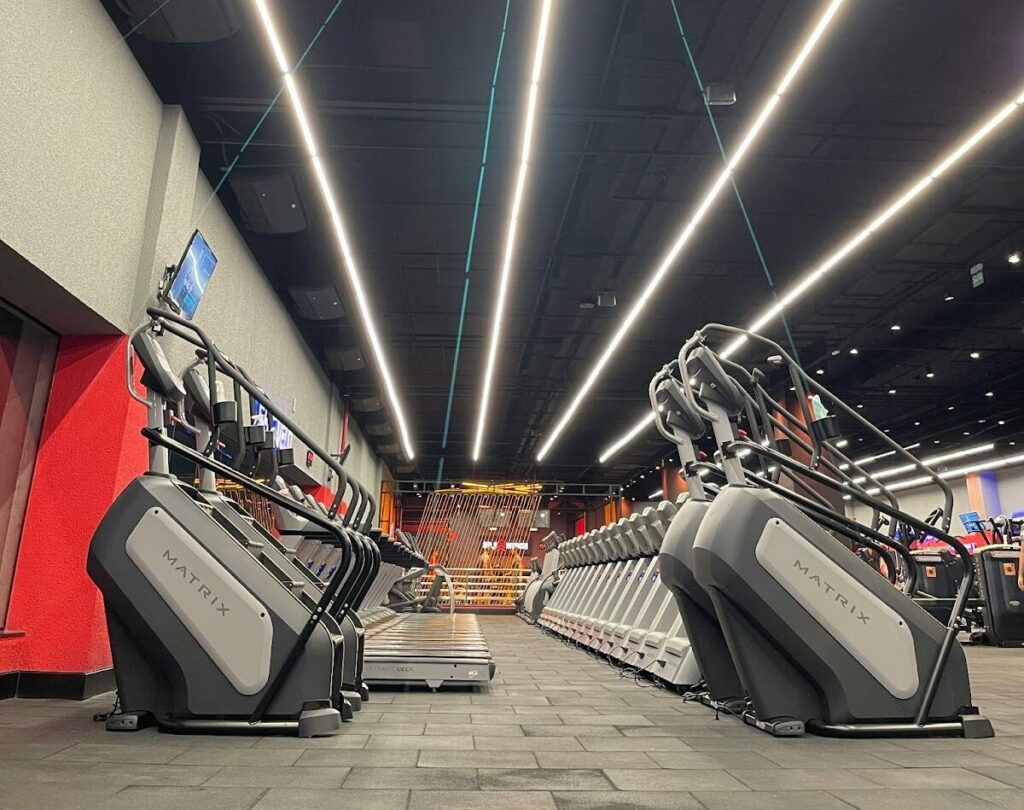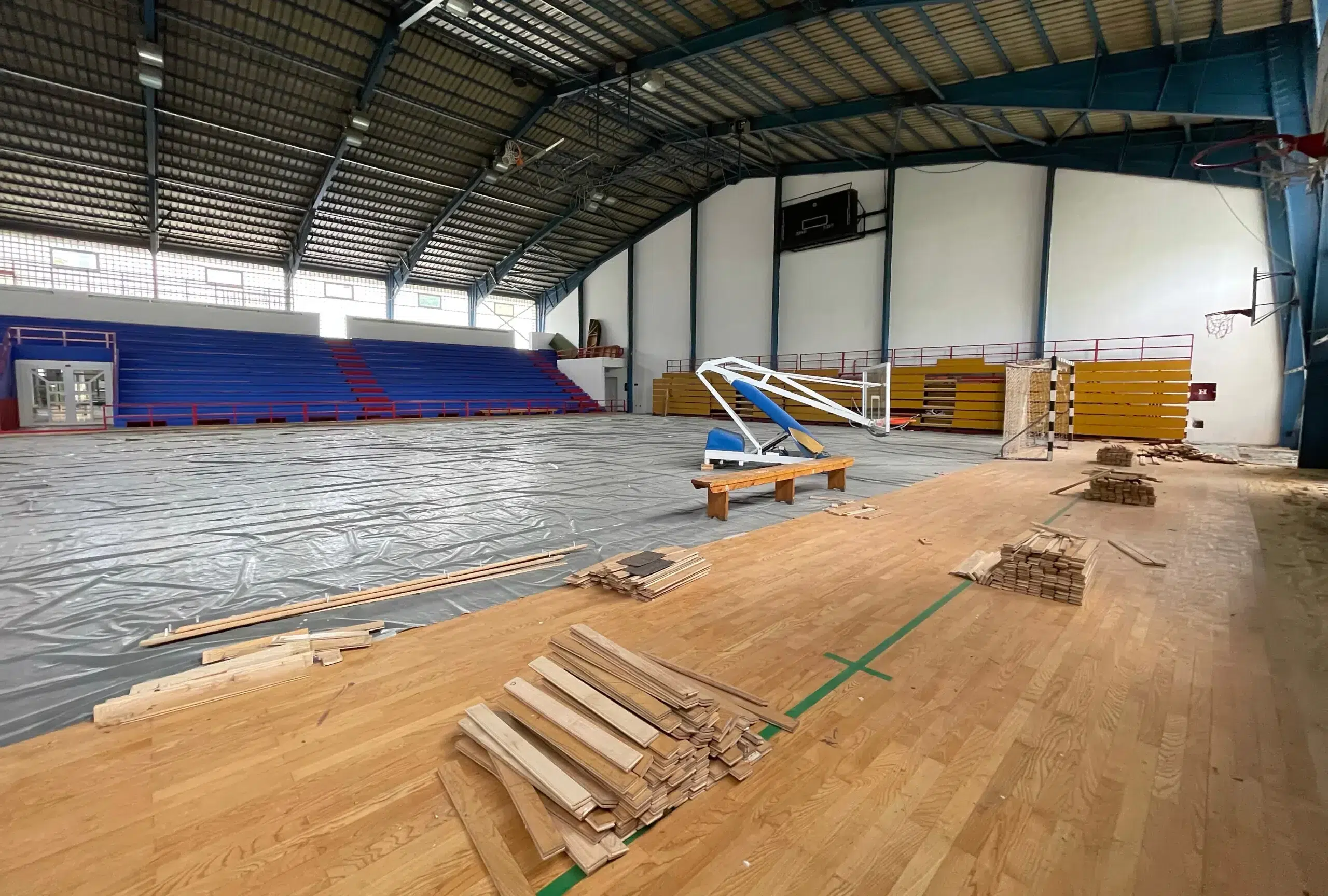Is constructing metal building gyms a worthwhile investment? A look at the 2023 U.S. Health & Fitness Consumer Report gives a positive perspective to the question on these buildings.
According to the report, in 2022, the number of Americans who held fitness facility memberships increased by 3.7%, reaching a record number of 68.9 million consumers aged six and older. The number of facility users, including members and non-members, rose significantly by 8.1% to 82.7 million people.
The fitness industry has also significantly shifted toward prefab gym buildings/metal-building gyms. The reason is that these structures offer a range of benefits, from cost-effectiveness to durability and flexibility.
This article will discuss the intricacies of constructing metal building gyms, providing a comprehensive guide for those interested in this innovative approach to fitness facility construction.
Why Choose Metal Building Gyms
Metal building gyms have become increasingly popular due to their numerous advantages. Before we detail the construction process, let’s first understand why they are a preferred choice for many.
Metal buildings are a cost-effective option for businesses. They require less maintenance than traditional brick-and-mortar buildings, and their components are often pre-engineered, reducing construction time and labor costs.
Also, metal buildings are durable and withstand harsh weather conditions, making them a smart, long-term investment.
Furthermore, prefab gym buildings offer flexibility and can be easily expanded or modified to accommodate changing needs. This makes them ideal for growing fitness businesses that require adaptable spaces.

Steps to Construct a Metal Building Gym
Constructing a metal building gym involves several steps. Each step requires careful planning and execution to ensure the final structure meets your specific needs and complies with local building codes.
Did you know?
There is no uniform building code that applies to the entire country. Each state has its own set of rules and regulations for building codes. Some examples of state building code authorities are the New Hampshire State Building Code Review Board, the Arkansas Building Authority, the California Building Standards Commission and the Oregon Building Codes Division.
1. Planning
The first step in constructing a metal building gym is planning. This involves determining the size and layout of the gym, the type of equipment you intend to use, and the number of people you expect to accommodate. It’s also essential to consider future expansion plans during this stage.
Once you have a clear idea of your needs, you can look for a suitable location. The site should be easily accessible, have ample parking space, and comply with local zoning laws. You should also consider factors like noise levels and proximity to residential areas.
2. Designing
After planning, the next step is designing the gym. This involves creating a detailed blueprint of the structure, including the interior layout and exterior appearance. During this stage, you should also consider factors like ventilation, lighting, and acoustics.
Working with a professional architect or designer with experience designing prefab gym buildings is advisable. They can help you optimize the space and ensure the design meets all safety and accessibility standards.
3. Construction
Once the design is finalized, the construction process can begin. This involves erecting the metal frame, installing the roof and walls, and finishing the interior. The construction process of recreational buildings can be complex and requires skilled labor, so hiring a professional construction company is advisable.
It’s essential to regularly inspect the work during construction to ensure it’s done correctly and according to the design. Any issues should be addressed immediately to prevent delays and additional costs.
Generally, businesses prefer pre-engineered steel framing and panels for recreational buildings because they shorten the erection time of the building. Smaller buildings can be put up in days, and larger buildings can be put up in weeks.
The lead time for the building materials will vary, depending on the business’s choice of a simple or complex design.
SteelCo has over 20 years of experience constructing metal building facilities, allowing faster delivery times for metal recreational buildings. Once the plans are drawn up, it usually takes about a couple of weeks to finalize them, followed by 6 – 10 weeks to manufacture the frame and other materials.
Quick construction removes delays and enables immediate use and income for business.
Considerations for Metal Building Gyms
While constructing a metal building gym, there are several considerations to keep in mind. These will ensure the gym is functional, safe, and comfortable for users.
Insulation
When constructing a metal building gym, it is essential to consider insulation as it plays a crucial role in maintaining a comfortable temperature and reducing noise levels, which can be distracting and cause discomfort to the occupants. Several types of insulation are available in the market, including fiberglass, spray foam, and radiant barrier insulation, each with unique advantages and disadvantages.
Choosing the right insulation type depends on various factors, including the building’s location, climate, and intended use. Working with a qualified contractor who can assess your specific needs and recommend the best insulation solution for your recreational building is an advantage.
Flooring
There are a few key factors to consider when it comes to gym flooring. The flooring must be durable enough to withstand the high traffic and heavy equipment use typical in a gym environment. Additionally, it should be easy to clean and maintain, as cleanliness is crucial to promoting a safe and healthy workout space.
Rubber flooring is popular as it provides good traction, absorbs impact, and is resistant to wear and tear. Other options include foam tiles and vinyl flooring.
Equipment Layout
The layout of the equipment in a gym can significantly impact its usability. It’s important to arrange the equipment in a way that allows for easy movement and prevents congestion.

One way to achieve this is by creating designated zones for different types of exercises, such as cardio, strength training, and functional training. Doing so can minimize disruptions and make it easier for your members to navigate the gym floor.
Conclusion
Constructing a recreational building is a complex process that requires careful planning and execution. However, with the right approach and construction partner, you can achieve a cost-effective, durable, and flexible fitness facility that meets the needs of your members.
SteelCo offers professional assistance in designing and delivering pre-engineered metal building (PEMB) materials that meet the standards set by your local state building authorities while fulfilling your custom needs and expectations. We take pride not only in our reputation but also in every SteelCo structure that has been erected throughout the country.
As a licensed general contractor, we offer comprehensive design-build and construction services throughout the Southeast U.S., including Georgia and Tennessee with more SE states coming soon. Our expertise encompasses a wide range of material types, and we serve various sectors such as industrial, institutional, self-storage, manufacturing, and retail. Learn more about our construction services.
























